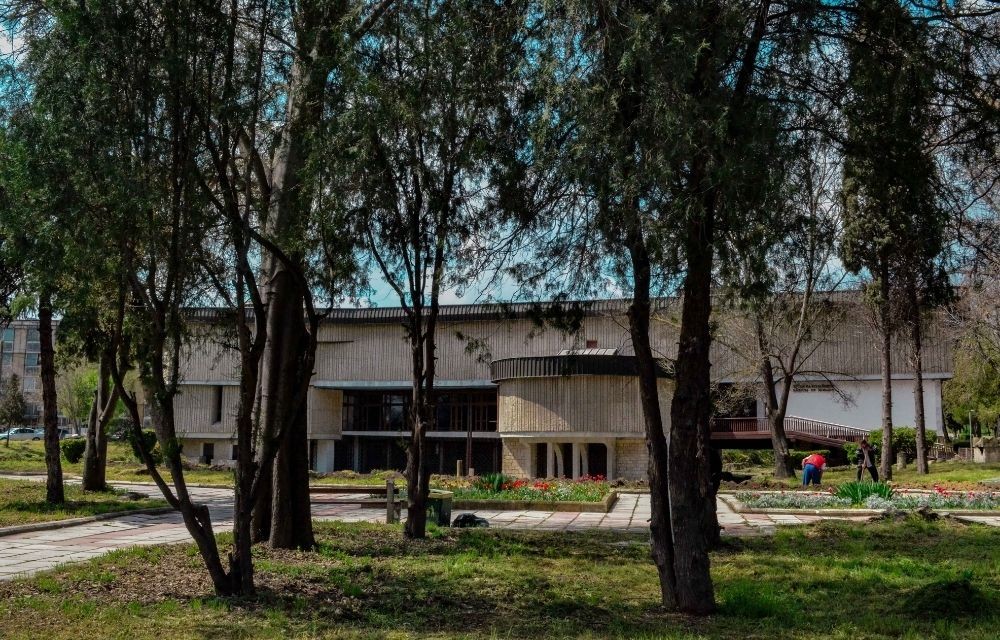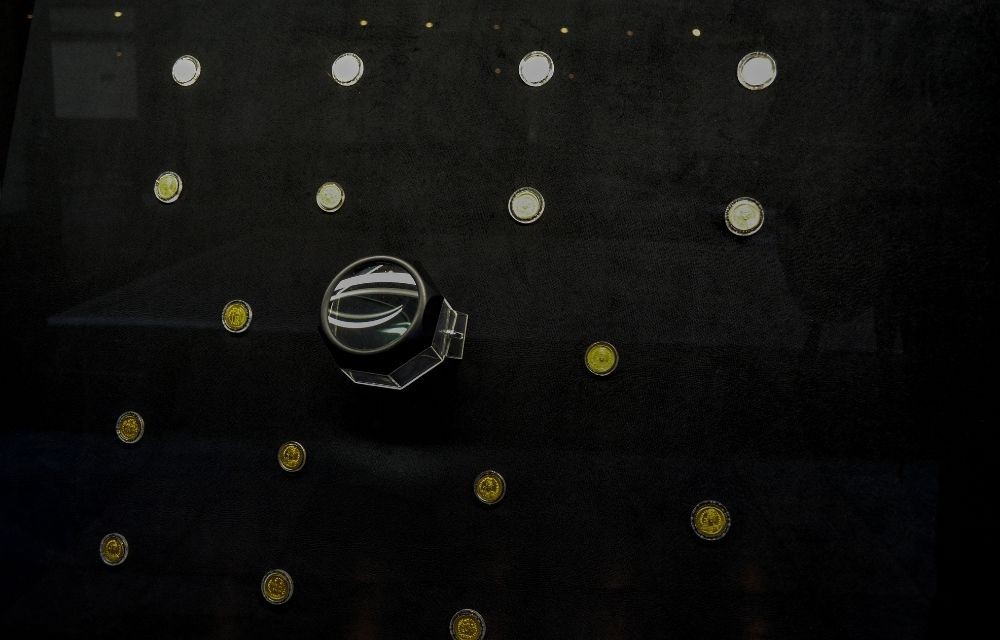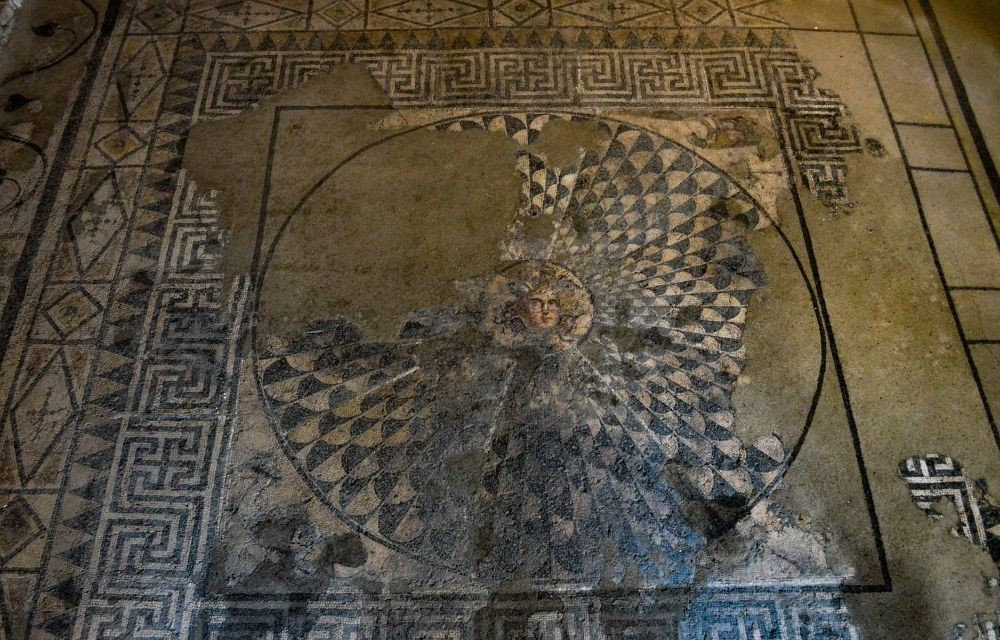Few people travelling to the northern portion of Bulgaria’s Black Sea coast take a turn so they can go and see one of the biggest cities founded in this part of the Balkans during the time of the Roman Empire – Marcianopolis, capital of the Roman province of Lower Moesia. Over its ruins now rises the modern-day town of Devnya. But once, there were magnificent public buildings here, a library, baths and a triumphal arch, and the floors of the houses were lavishly decorated with spectacular mosaics. Some of them are on display at Devnya’s Museum of Mosaics, the only mosaics museum in this country.

At the end of 2019, a little before the outbreak of the Covid-19 pandemic, archaeologists discovered a remarkable gold treasure. While they were studying the remains of a 1,600 year-old Roman building, which was burnt down in the 5th century, they stumbled upon 19 high-carat Roman coins.
“The gold treasure is very clear evidence and dates the great Hunnic invasion of 447 AD when, according to historical sources, Marcianopolis was conquered and burnt down by the Huns,” says Ivan Sutev, director of the Museum of Mosaics. “As a matter of fact more often than not the discovery of treasures is connected with some kind of big natural or human cataclysm. In this case – the destruction and burning down of Marcianopolis. We found these 19 solidus coins – coins from the Late Roman Empire – literally scattered all over the floor of the room. They were probably scattered as people were fleeing, or in some murderous clash. After which, when the house was burnt, a clay wall collapsed on top of them. That was how they survived in mint condition, as, obviously they were not in circulation for long. They actually look as if they were minted yesterday.”

In the same region, in 1929, archaeologists chanced upon one of the biggest treasures found in these lands – 120,000 silver Roman coins weighing 290 kg., the oldest of them minted in the time of Marc Antony. The latest find in the ancient Marcianopolis is from the time of the emperors Theodosius II and Valentinian III and tell intriguing stories of life 16 centuries ago.
“These coins are valuable as exhibits, but they are also a fount of information because there are different scenes depicted on them,” Ivan Sutev says. “On one side of the coin we have the emperor or a member of his family, most often his wife, and on the reverse side – interesting scenes from life. From them we learn of important events in the life of the imperial court during the 5th century. For example, we discovered a coin minted in honour of the coronation of Aelia Eudocia, wife of Emperor Theodosius II. The Byzantine empress is richly dressed and wears jewellery of exceptional beauty, and over her is the hand of God, placing a crown on her head. Another fascinating coin from the treasure depicts the coronation and the bestowing of the title Augustus on Valentinian III, Western Roman Emperor and cousin of Theodosius II.”

Photos: Veneta Nikolova
A humble military chaplain made his first contact with Bulgaria in 1921, arriving with the mission of searching for Italian soldiers who had disappeared without a trace during World War I. However, he did not remain indifferent to the fate of this small..
Beloslav is a small town on one of the branches of Varna Lake. Yet it is here, in this quiet little town, that the only preserved Bulgarian submarine – Slava – is anchored . It was decommissioned a long time ago, and has now been turned in one of..
March 9 is the feast day of the Church of the Forty Martyrs in the town of Veliko Tarnovo - a place of exceptional importance for the Bulgarian statehood, which worthily preserves the memory of the glorious Tarnovo kings. On March 9, the..
In Bulgaria, when we talk about a person with bad luck, we often say: "Ah, what a Marko Totev!" But who exactly was Marko Totev, and how did his name..

+359 2 9336 661
